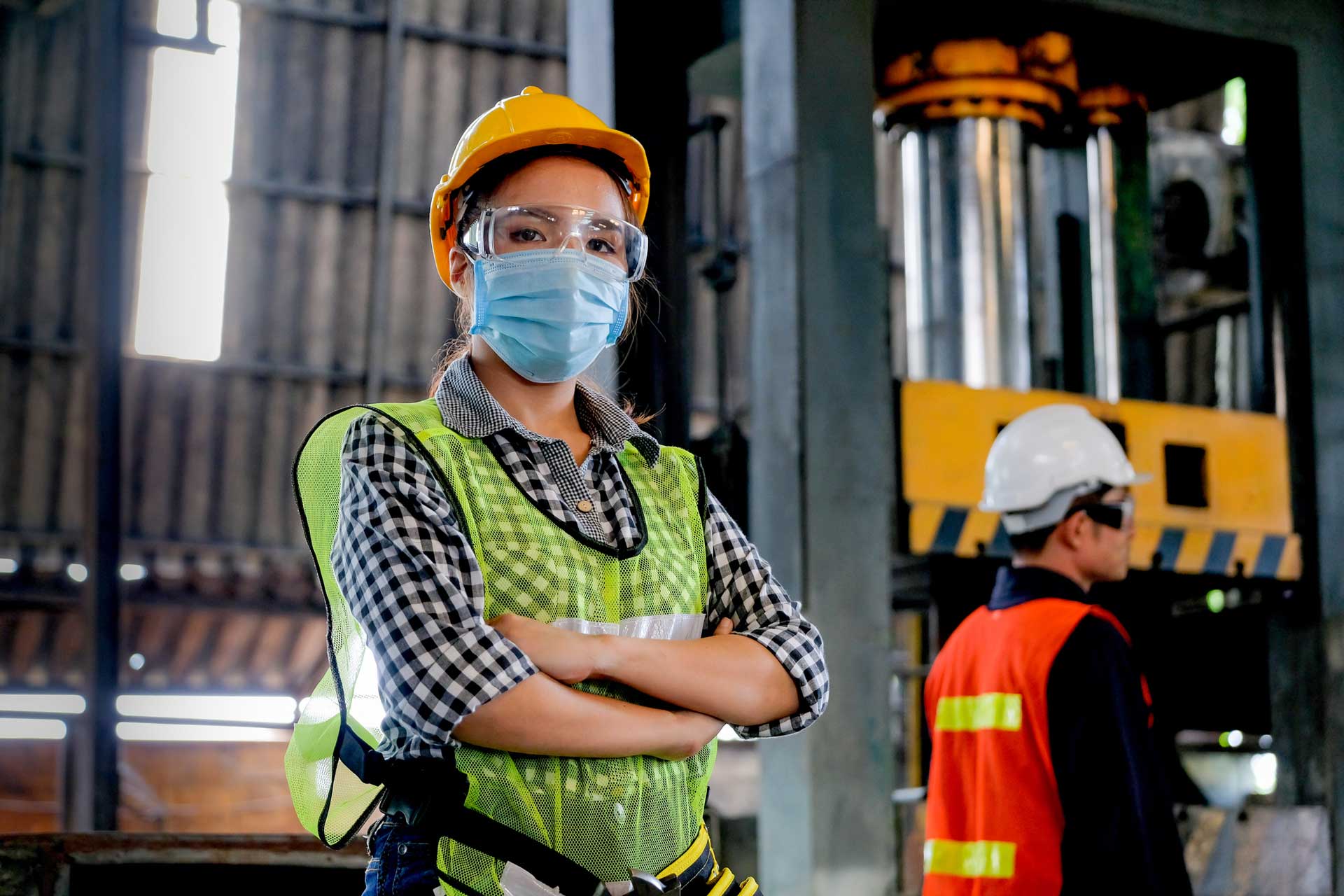
Despite modern progress, women are still struggling to break through the manufacturing sector’s glass ceiling.
According to the U.S. Bureau of Labor Statistics, 47% of the entire workforce and 52% of all professionals and managers are women, yet they represent less than 30% of manufacturing workers. New York manufacturers have a lot of room for improvement when it comes to women in leadership positions. A 2020 women in manufacturing study found Pennsylvania, Colorado, and Connecticut to have the highest percentage of women in leadership positions. New York ranks 10th.
The reality is manufacturing job openings currently outnumber qualified job applicants. From technicians, and machinists, to programmers and assemblers, as well as marketing, sales, finance, and even cybersecurity professionals, manufacturers are hiring. But are you doing your part to stay competitive and attract top talent? Your team needs to determine:
- What steps your company can take to help bridge the current gender gap
- Whether or not your company is financially competitive
The latest data from the U.S. Department of Commerce finds that on average, manufacturing workers earn 21% more than the median income for all workers, and women in manufacturing earn 16% more than the median income for all workers. Unfortunately, however, women in manufacturing still earn only 71% of the median income for men in manufacturing. Attracting and retaining more women for skilled positions in manufacturing means offering competitive, fair salaries, and other incentives. The following five best practices, generally advocated by the Manufacturing Institute, may help. We’ve also included some real examples of unique ways manufacturing companies around the country are promoting equal gender advancement, generated from the 2020 Women in Manufacturing study respondents:
Start at the top: Senior team members need to prioritize workplace diversity and communicate benefits to their teams. Some organizations have even tied executive incentives to diversity and inclusion goals. Progress should be monitored and communicated throughout the organization.
“We have a women’s resource group that was started in 2019 that promotes networking, STEM, and advancement of women in the manufacturing world.”
Prioritize flexibility: Women typically value flexible work options. Consider shifting from a presence-driven culture to one that is more results-oriented. Enable employees to balance their work and personal lives. Increasing flexibility can go a long way towards retaining skilled workers and ultimately trickles down to the bottom line.
Reassess the culture: Gender discrimination — specifically the perception that men should be in charge — remains problematic in the manufacturing world. Address this bias through awareness training and other educational tools.
“Started men as diversity partners program to educate and share about unconscious bias and support/promote female colleagues.”
Become a sponsor: Corporate sponsorships help women succeed. Sponsors serve as mentors, coaches, and advocates. They can encourage an individual’s progress and provide a clear understanding of the leadership qualities and technical skills required for specific positions.
“[We have a] professional development program for women in manufacturing, designed to support women early in their manufacturing careers to encourage them to stay in manufacturing and/or within the company. The program provides a supportive environment for the women, and also supplies each woman with another female mentor within the company.”
Target your audience: When recruiting prospective employees, it’s important to zero in on specific groups. For example, your company might partner with vocational schools and K-12 schools that offer Science, Technology, Engineering and Math (STEM) programs. Incentivize your female employees to take an active role in the recruitment process or apprenticeship programs and to become role models for younger women that are hired.
“We have an Engineering Ladies Lunch and Learn (E3L) once a month to go over topics, training, [and] skills development for women at the company. This was developed by female engineers taking the initiative and it took a while for the leadership team to appreciate it.”
Contact your financial advisors to evaluate whether your company’s current compensation, training, and recruiting practices are gender inclusive. In addition to an array of financial reporting (Audit and Accounting Services) and tax compliance services (Tax Services), our RBT Manufacturing Group offers personalized, innovative strategies to help clients increase profitability. Contact us today to set up a consultation and develop strategies to become a more diverse workplace.
